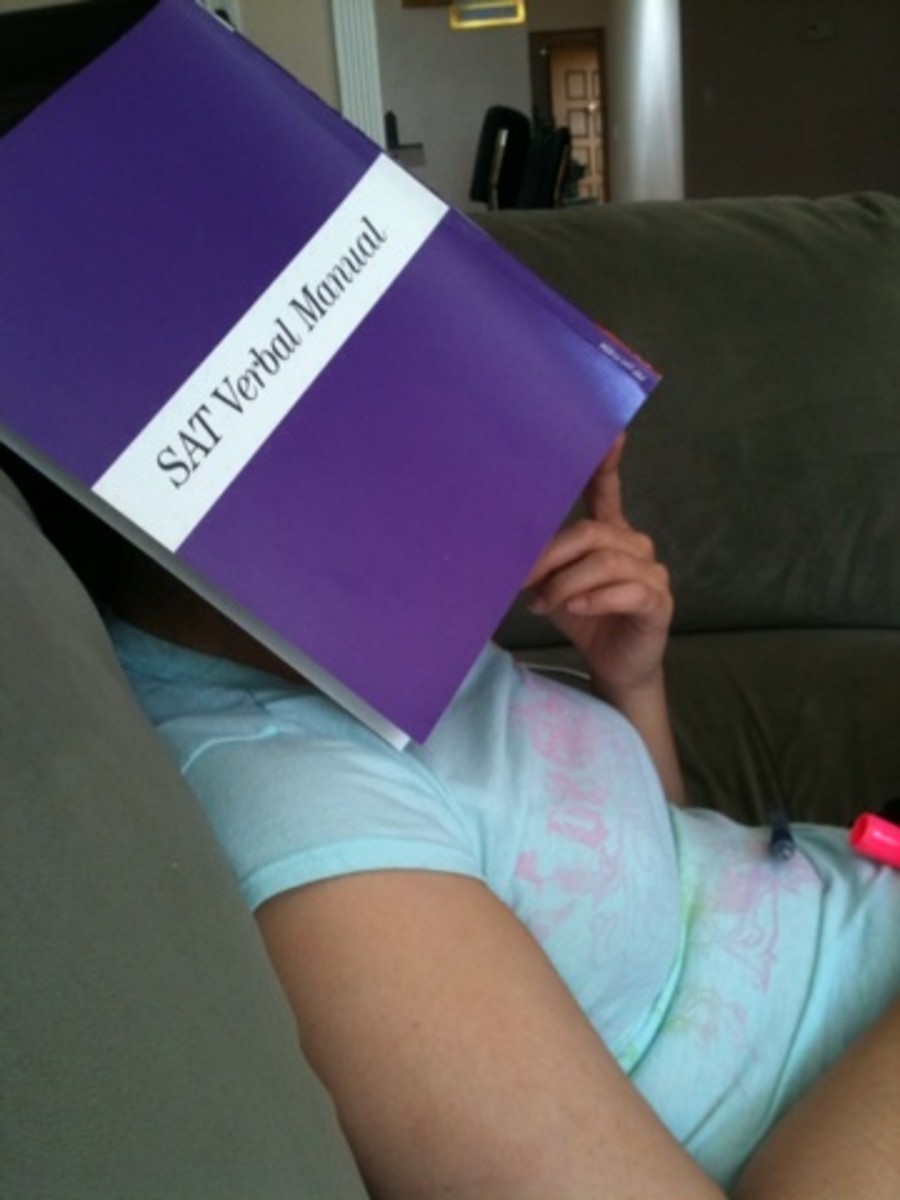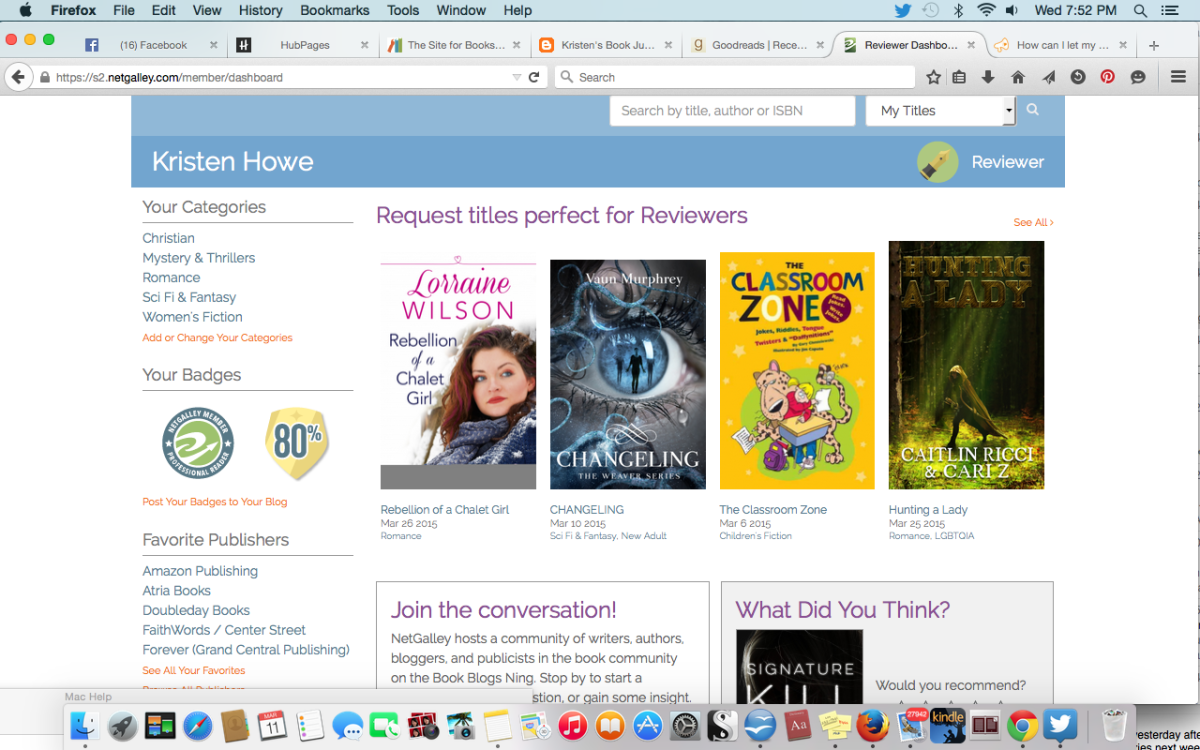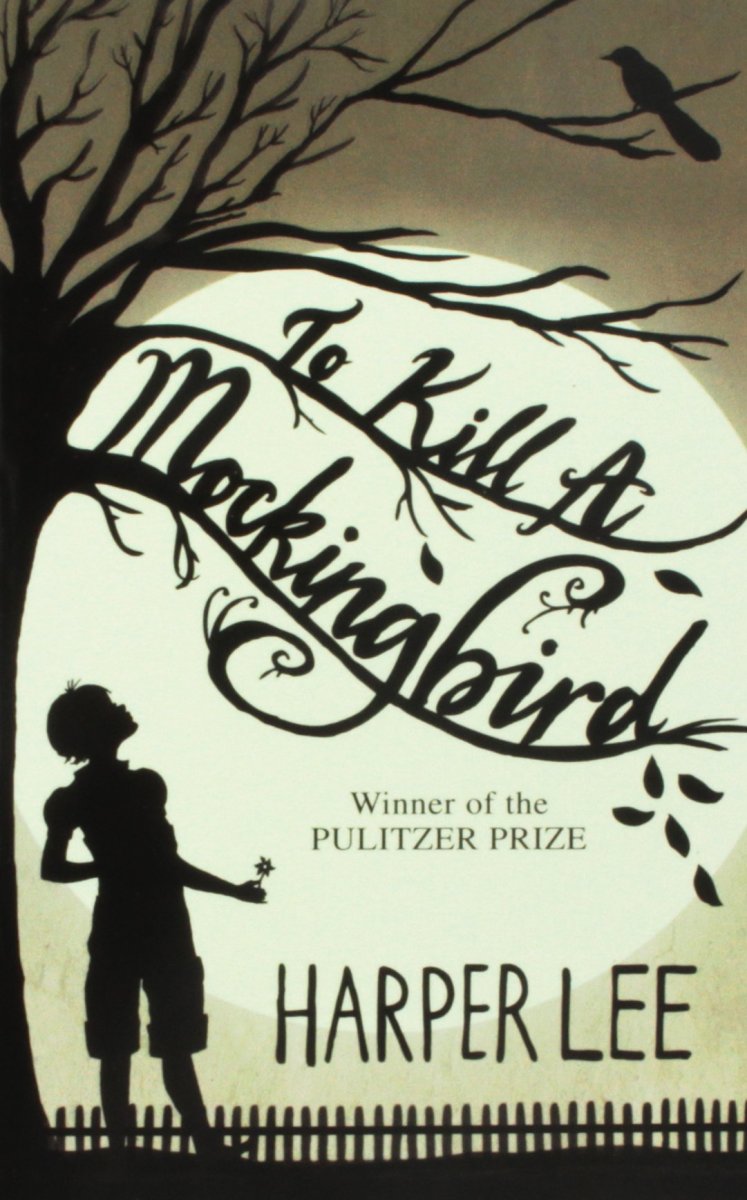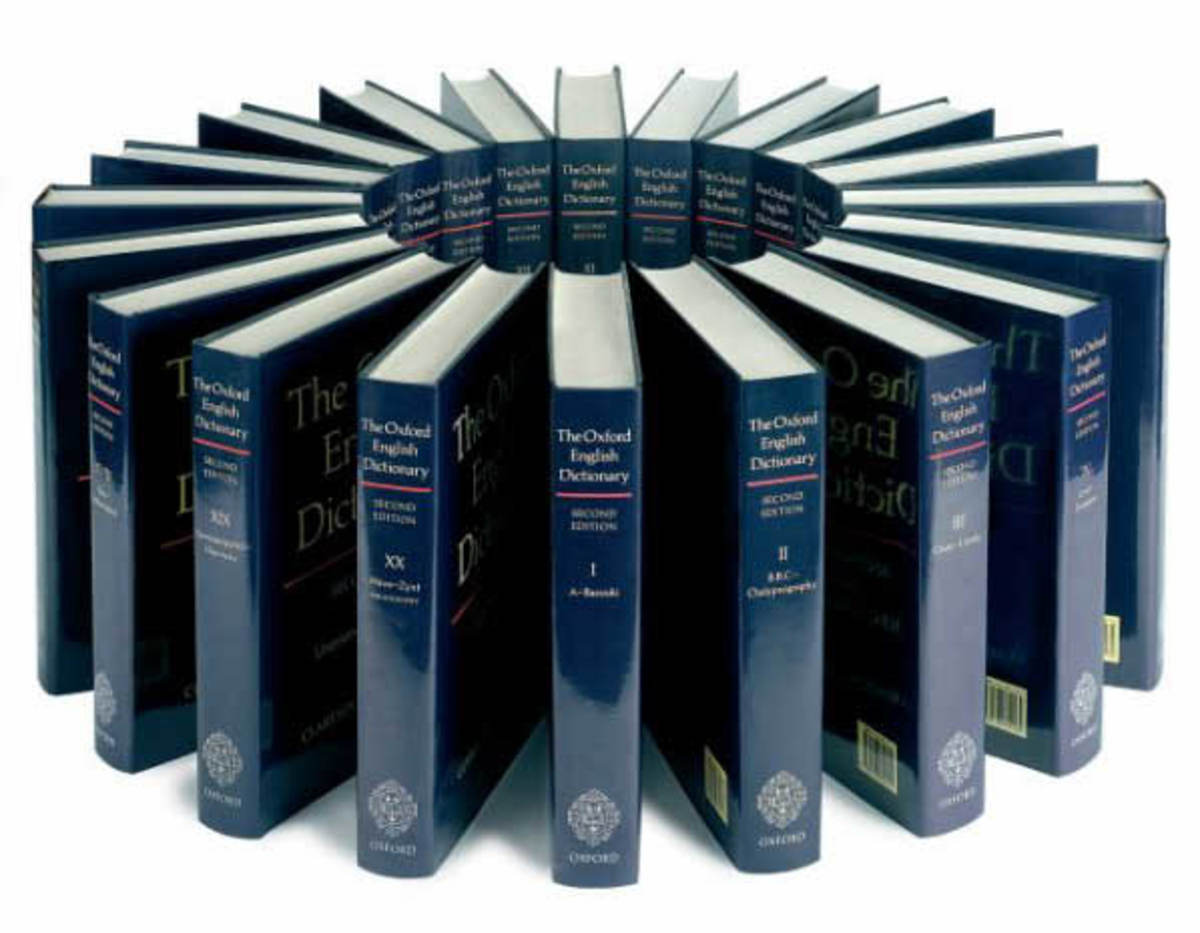How To Read Critically
A Complex Unit: The Brain
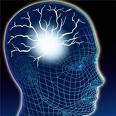
Do You Read Uncritically When You Read Text?
A lot of people believe that if they read something and just get it inside their mind, they've learned something and need not learn more about the particular text they've just read.
For most people, a one-time read-through may not deliver a comprehensive understanding of the material, and for those who want more comprehension, better understanding of material and concepts, there's a way to read and study that helps increase knowledge when time is taken to do so. Reading via a critical reading guideline or process can also increase how your brain retains information and how it makes information "transferrable" to work with other learned ideas. Memory recall, bridging or surpassing some learning disorders, and a lot more benefits exist for those willing to take a little extra time and put effort into critical reading methods.
Let's just call the kind/manner of reading mentioned at the very start of this hub, "plain reading," just to set it apart from the points on "critical reading" I will make below.
Plain Reading vs Critical Reading
With plain reading, one usually approaches a text (let's use the Bible just for an example) with intent to pass through the text and basically see what the text/author(s) says.
With critical reading, one usually is looking for patterns, points of view, and takes preliminary steps before reading the actual text. These preliminary steps are to find out author points of view, some biographical details of the author to help determine possible world view and points of view of the author, etc.
With plain reading, when one comes across details in the text that are difficult to understand, usually the solution seems to be simply to re-read a passage or to just skip a part or journey onward through the text, regardless.
With critical reading, one who becomes 'stumped' or delayed at any point can often find clues to meaning from the author's world view and point of view if these details have been deternmined beforehand. Other clues may exist in any information gleaned during preliminary stages before a person actually began reading the text.
In the case of Scriptures - it's helpful to know what culture/authors are believed to be responsible for certain portions of text. When one becomes bogged down in something complex or difficult to understand in Scriptures, plain reading styles may not offer solutions that lead to better understanding.
With critical reading methods, when reading Scriptures, the background knowledge of culture/author, possible world view and point of view of the author can help one understand details to a great degree. Sometimes just knowing that, say, a certain portion of the Scriptures is attributed to a certain author will give a reader clues by which to judge interpretations of text passages.
Perhaps The Bible is too complex a work to use as an example here, but I wanted to mention a text set that most people are universally aware of and know the basic connotations of.
In any case - these are just light examples to illustrate some differences between plain and critical reading.
Reading Critically
Understanding The Format/Book
An important preliminary step before reading, if you want to do critical reading, is to examine the format of your text, book, document, etc. I will use the example of a book just for brevity's sake here but make modifications if you're needing to examine an eBook, large text document, lengthy magazine or journal article, etc.
Understand the book before you beging reading the text. Check the inside cover to where the publishing information is. It helps, sometimes, to know when, where, by whom the book was published...sometimes this tells you something about worldview and perspective later on in your learning/reading. Sometimes not, but it's not difficult to find this information, only takes a minute or a few seconds to do, may come in handy later, and it's a good habit to get into finding this sort of information for future readings of, well, almost anything.
Does the book have a dedication and/or foreword article? (there may be pertinent information in this section about the author, the editor who put this volume of pages together, etc).
How many pages, beyond any foreword or extra pages does the book contain? Usually this is from a first chapter, to the last page of text.
Is there an editorial blurb at the end, any kind of editor/author commenting in a special section at the end? If there is and you're very interested in discovering points about the author, world view, points of view, READ THIS PART before you start reading the 'meat' of the text. There may be an author's note here at the end of the book which tells, in the author's own words, the intended meanings and perspective, the author's reason for writing this text, etc.
Is the book set out in chapter format with headings, numbers, or are chapter lengths marked in some other way?
Look at the Table of Contents if there is one in your book. Read the entire Table of Contents and determine if there are any themes detectable just from the Table of Contents. In some author works, the Table of Contents actually sets off some of the "mood" of a book, particularly for novel writers.
Flip through to each page/headline or chapter page recorded on the Table of Contents. Determine if there are graphics that are important, differences in lettering, headings, etc. These might be important or enhance mood, understanding later on or they may actually be statements of something pertaining to the entire book, portions of the book, each chapter, as in a sort of "motto per chapter" sort of thing. Really, the Table of Contents and Chapter Naming, graphics, letter/font changes and such are actually 'played with' and 'greatly manipulated' by some authors, publishers and editors, and some can be very interesting "statements" on their own. (also - if you find the editor/author has been elaborate in any way with these parts of the book/text, you can usually expect a lot of inflections of meaning, tropes, metaphors, double-intent in symbols within the actual text, The author may have an extremem knowledge of rhetoric, poetics, etc and may display things in places most people do not look).
Now if you do have the ability to detect some paleographic-bibliographic details of the book, and you're doing a serious study of some sort which requires incorporation of where and when a particular text and book/collection was compiled, printed, scribed, etc - here's a good time to take note of paleo-details such as to understand the bindings (is it glued together, stiched, clamped, combination?), substance of the cover (cardboard, wood, leather, etc) the book is written on (is it paper or vellum? thick sheets or thin). Most people won't need these details but some will, so for those who are concerned with printing, compilation dates, paleographic and bibliographic information, a thorough examination of the object of the book/scroll or volume/collection is best done before trying to figure out the content within the text inside.
Preliminary Skimming - All Content
Up to this point, most people have probably never done any sort of "critical examination" before delving into the act of reading a book or document. If the ideas so far have seemed to complicated and you're not interested in the finer points above, please do attempt the "skimming" part in this portion of the article. It will provide you with "memory triggers" for recalling the layout of textbooks, novels, articles and documents, etc., and is less technical than the previous suggestions. It's mostly a matter of having your eyes skim as much content as possible BEFORE you attempt a thorough reading.
It will probably be suprising to you how much "stuff" your brain will automatically do for you. A lot of subconscious things will be done between your eyes and brain that will be helpful at a later date for recall of structure in textbooks, novels, articles and documents. By doing the skimming, your brain will get sort of a subconscious idea of how to "label" the information you read, how to set up places in your brain for holding information - usually in a much more organized way than when you just start reading and hope your brain puts info where you can later recall it...
THE ACTUAL SKIMMING:
Start at the back of the book and work to the front and just flip pages, allowing your eyes to skim quickly on each page. Only spend about 2-5 seconds on each page. (Yes, I know if it's a BIG textbook with many pages - or a long novel, this will take a long time...it is WORTH THE EFFORT, in my experience). Pause just for 1 extra second on page headings, chapter headings or titles...if there are full page pictures, you can flip the page immediately without bothering to let your eyes trail down the page because your brain will register the picture extremely quickly - you might want to just glance at the page number on any full page picture or page with very large photos. For diagrams or graphs, do spend the customary few seconds letting your eyes take in the diagram/graph.
* Time Sensitive Tip: Because textbooks DO TAKE a significant of time to run through this skimming process, I often use an alternative method which seems to accomplish the "skim the entire text" results. If I am required to examine an entire chapter or up to 3 chapters, I go to the end of the chapter that is past my required reading and start the backwards skimming there - thus cutting the overall process and time spend in pre-reading stage. This gives my brain a chance to know what is AFTER the spot where I finish up - which prompts my brain to understand that there is more information beyond my required reading. Once a pick up on further required reading a week or so later, the expectation is that my brain uses the same organizational areas and plans when I immerse myself in the same text again. It seems to help me with recall and I try to never skip these pre-reading, skimming and other examinations, particularly when I am required to study large historical pieces, theology text, philosophy, etc.
Back to the skimming...once you've gone from back to front, spending a few seconds on each page, take a rest for a bit. When you return to your text, book or document, skim from front to back in the same way...
That's it...
It takes pre-planning so you'll have time available for this step, but fast skimming usually turns out to be something helpful in the long run...in fact, if you learn how to do this and start this activity as a general practice, you will get much faster with your skimming and your brain will start to work better with organizing the things you read overall.
Skimming in More Depth: This is actually a first read through of content. If you have a full textbook or novel to read, don't attempt to do this part on the entire book...take large chunks, probably chapter or 10-page length at a time and do a basic reading of the material.
This is simple - but you might be stopped up by text you consider difficult or you might feel prompted to stop at certain points and take notes...DON"T... just read through a full section entirely and let your brain absorb what it can on a first read-through.
A second reading is where you can take notes but you might find you have less questions you thought were important than during the first pass - likely because your brain synthesized and classified information for you in a way that made sense one you managed to finish reading an overall large portion of text.
Before a third critical examination of text (where you'll read for clarity, with the hopes that your questions posed are answered or where difficulties that arose in understanding before are going to be cleared up by your more thorough understanding of the text by this point) here's where to take into consideration points on author bio, author intent, style and format of the writing, arguments within the piece you're examining, etc.
By the time you get through, there should be no questions you cannot provide a reasoned response for concerning the text you've been examining with great attention and with multiple methods. If a question is asked that cannot be answered from the information provided in the text, you should also be able to pick up on this as well as provide proofs for your views that the question cannot be answered based on the material in the text.
* Note - a lot of questions do not find good answers as a counterpart but when many people are not thinking critically or haven't read information critically, they'll attempt to provide an answer for a question where the answer doesn't truly exist. POINTING OUT how a particular text does not answer a question is a proper response to certain questions in many cases. Also, many people try to project a viewpoint on to a text and provide an answer to questions that are difficult - but the text doesn't really support such a response. This is basically misinterpretation of text and can turn out a lot of invalid statements in response to questions.
Basically, after reading a text/piece very thoroughly and UNDERSTANDING a text, you should have an opinion of your own on the author's arguments and viewpoints and you should also fully understand what the author's arguements and basic world view is, even if these differ from your own.
Responses to questions are absolutely acceptable if they start with:
- Although the author says (proper explanation of what the author says), but I don't agree because, based on my understanding (explain and give valid reasons for not agreeing with the author).
- I see the answer to that question in a different way than the author, based on my understanding of (give valid reasons and sources for where your viewpoint comes from)
Unacceptable responses to questions you don't feel are answered by an author/text:
- The author is totally wrong. It is this way....(expressing your viewpoint without backing it up)
- The author is wrong because he/she wrote the text hundreds of years ago, so here's how people should think about the text/author. (the author is not wrong in most cases, according to the knowledge at their disposal in their time. Neither are people from our past stupid just because they lacked computers and certain technological advantages we now have.
The point of all the pre-examination and of the critical, close reading of texts is so that you can get to a point whereby you can treat all kinds of arguments for and against the messages in the text - with valid statements and with respect.
Extracting Information From Text
Below is a checklist for you that might help you stay focused or get focused so you can extract the pertinent details out of a text. It's basically in the form of questions. If you read these questions before entering the text with a critical reading objective, often your brain will prompt you when you're at reading points where these questions are being answered:
- who wrote what you're reading?
- when was it written - when was it published?
- can you suggest who the intended audience or are you not quite sure about this?
- is the document/text practical? (tells how to do something)
- is the text persuasive?
- is the text theoretical, explaining the validity of something or explaining why the text was necessarily written?
- what is the outline?
- is the piece a long, continual linear argument?
- or is it set apart in themes?
- what are the recurring keywords, what are the primary concepts?
- are there special ways the author is using terminology?
- what is the foremost question this document tries to resolve or answer?
- what are the primary and secondary or sub-set questions in the text?
Interpretation and Conclusions:
- what are the most important sentences and paragraphs? can you tell that the author holds certain assumptions? what has the author assumed? what are the recurring keywords, what are the primary concepts? are there special ways the author is using terminology? does the author present a solution?
- if there were more than one of two problems or questions the author was trying to answer, take note of the several issues and determine what the author's solutions are for each. take note of problems the author has not solved.
- If you've understood the text, on your part, you now have to make a critical choice about the material and the author's point of view.
- Here is where you must either agree with the author or disagree. You may agree with some points and disagree with other points
- but agreement and disagreement can't be lightly performed as a "like or dislike" situation here.
About agreement, disagreement and personal opinion:
Knowledge is composed of opinions that can be defended. Personal opinion is unsupported judgment. These differences must be understood/supported by your being able to provide reasons for analytical judgments. This means that if you disagree, you must do so rationally and with respect to the author, context, etc. If the text is an older piece, remember that people from an earlier time frame than ours were not stupid... if our technology is more abundant and efficient in our time, this means little as far as "intelligence" goes - so if you disagree with points in a text, don't argue in a condescending manner.
THESE ARE THE (ONLY) GROUNDS FOR CRITICISM, Particularly for historical texts:
- the author's argument is uninformed. (piece of knowledge lacking)
- the author's argument is misinformed (false knowledge present)
- the author's argument is illogical (incomplete, does not follow from the reasons given, inconsistent)
- the author's analysis is incomplete (author hasn't solved/provided solutions or answers to the questions raised in the text)

